《The Madonna in the Rocks》是一部关于列奥纳多·达·芬奇(Leonardo da Vinci)的杰作《岩间圣母》的研究作品。该作品通过分析画作中的细节、构图、色彩和人物形象,探讨了达·芬奇在文艺复兴时期对自然、宗教和人类情感的独特见解。画作中,圣母玛利亚和圣婴耶稣被置于一个充满野性和神秘的自然环境中,这种对比突显了人类与自然之间的微妙关系。画作中的色彩和光影运用也展现了达·芬奇对自然光和色彩的深刻理解。通过研究《岩间圣母》,我们可以更好地理解达·芬奇的创作理念和艺术风格,以及他对文艺复兴时期艺术发展的贡献。
Leonardo da Vinci's "The Madonna and Child with St. Anne and St. John the Baptist" (also known as "The Madonna of the Rocks") is a painting that has captivated the hearts and minds of art lovers for centuries. This masterpiece, painted between 1495 and 1498, stands as a testament to Leonardo's unparalleled skill in composition, perspective, and the rendering of human emotion. The painting, now housed in the Louvre Museum in Paris, France, is a study in the interplay of light and shadow, as well as a poignant depiction of the Holy Family in a natural setting.
The Composition and Its Influence
"The Madonna and Child with St. Anne and St. John the Baptist" is a large-scale painting, measuring 224.5 cm by 198 cm. It depicts the Virgin Mary holding her infant son Jesus, with St. Anne seated to her left and St. John the Baptist on her right. The composition is arranged in a diagonal format, with the figures positioned in a natural cave setting, creating a sense of depth and intimacy. The use of chiaroscuro, or the contrast between light and dark, is a key element in the painting's success. The figures are bathed in soft, diffused light from above, while the shadows cast by their bodies create a sense of mystery and depth within the rocky environment.
Leonardo's mastery of perspective is evident in the painting's foreground and background. The use of linear perspective in the cave's entrance creates a sense of depth, as if one could step into the scene. The figures are arranged in a way that leads the viewer's eye from the foreground to the background, creating a sense of movement and continuity within the composition. This technique was revolutionary for its time and influenced subsequent artists for centuries to come.
The Figures and Their Emotional Depth
One of the most striking aspects of "The Madonna of the Rocks" is the emotional depth of its figures. Leonardo's depiction of Mary and Jesus is not merely a representation of the Holy Family; it is a portrayal of deep familial bonds and love. Mary's face is serene and filled with maternal love, while Jesus's expression is one of innocence and trust. St. Anne's face is also filled with affection for her grandson, while St. John the Baptist looks on with a mixture of awe and reverence. These expressions are not just static; they convey a sense of movement and emotion that is felt even when viewing the painting from a distance.
Leonardo's use of chiaroscuro also contributes to the emotional depth of the figures. The soft light that falls on their faces creates a sense of warmth and intimacy, while the shadows around them add a sense of mystery and depth. This technique allows for a subtlety in the figures' expressions that would have been lost in a more direct or harsh lighting.
The Natural Setting: A Study in Rocks and Light
The natural setting of "The Madonna of the Rocks" is another key element that contributes to its overall effect. The figures are positioned within a cave-like setting, with rocks and boulders forming a natural frame around them. The use of rocks as a backdrop creates a sense of isolation and solitude for the Holy Family, but also provides a sense of protection and security. The rocks are rendered with great detail and precision, showing Leonardo's mastery of anatomy and perspective in the natural world.
The light that falls through the opening in the cave creates a sense of timelessness and otherworldliness to the scene. It is as if this moment in time has been frozen forever, captured in a moment of peace and tranquility. The light also plays an important role in highlighting the figures within the rocky environment, creating a sense of depth and dimension that is rare in Renaissance art at this time.
Historical and Cultural Context
"The Madonna of the Rocks" was painted during a time of great change for Europe. The Renaissance was in full swing, with artists like Leonardo exploring new ways to depict their subjects through new techniques such as linear perspective and chiaroscuro. This painting was part of an ongoing dialogue between art and science, as Leonardo sought to understand how to create more realistic and emotionally engaging works through his studies in anatomy, optics, and perspective.
The painting also reflects broader cultural changes taking place at this time. The emphasis on family values and piety was strong during this period, with art serving as an important means of communicating these values to both the educated elite and the general public. "The Madonna of the Rocks" is thus not just an artistic masterpiece; it is also a reflection of broader social and cultural trends at play during this time period.
Influence on Subsequent Artists


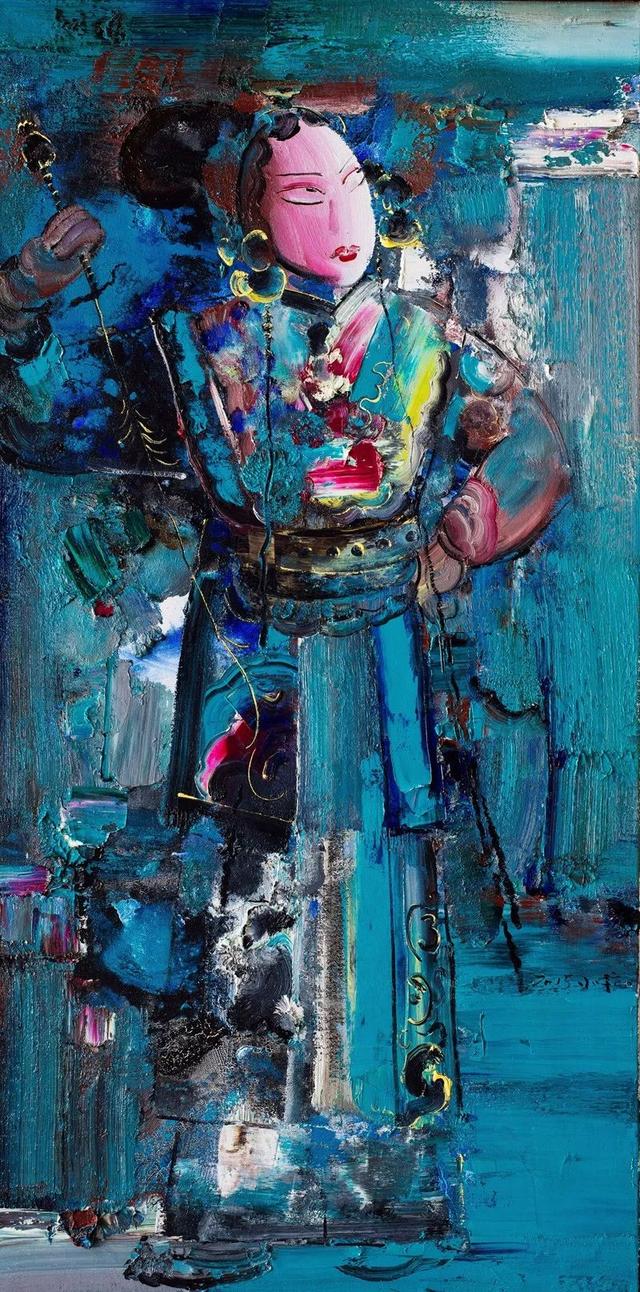
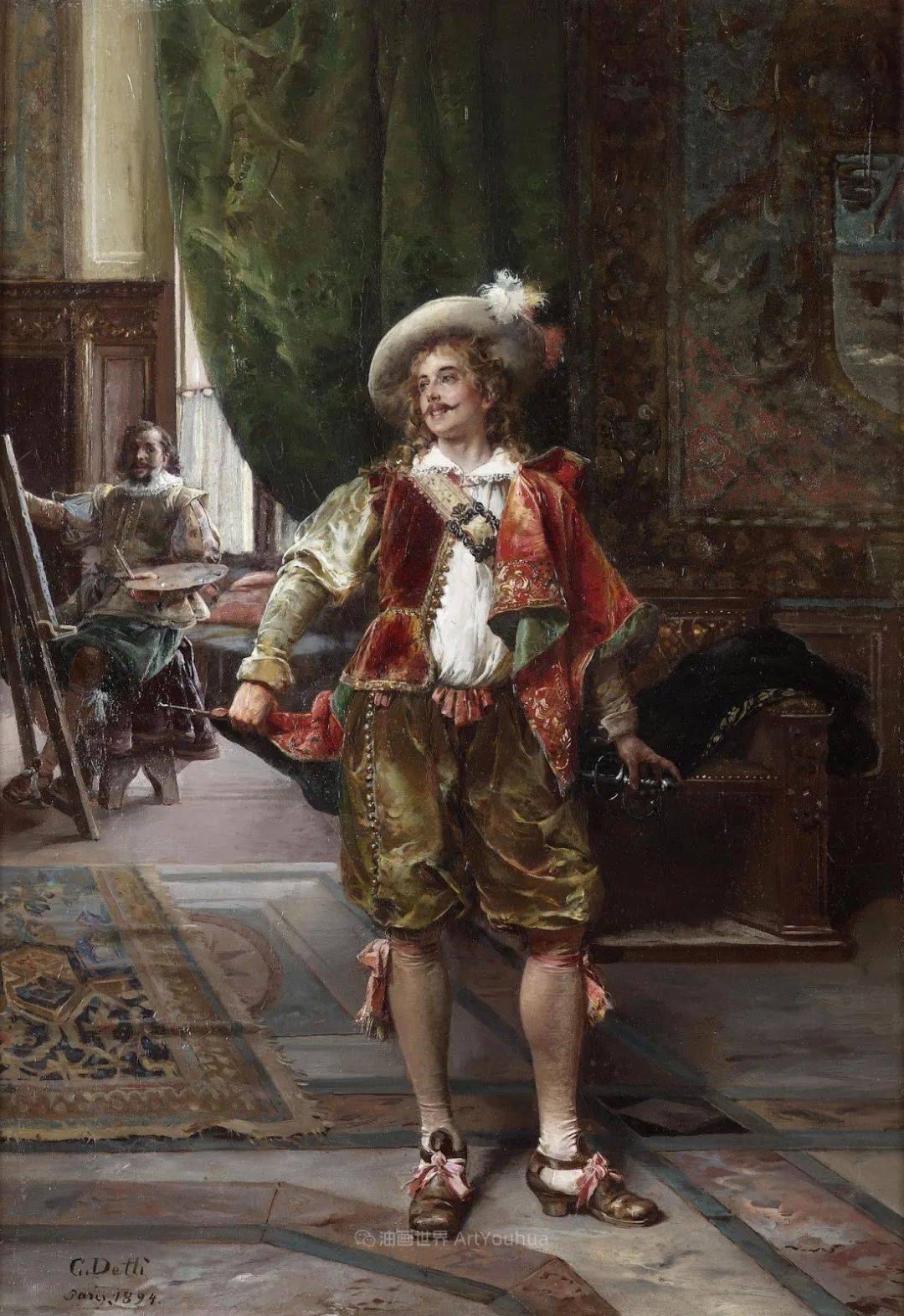

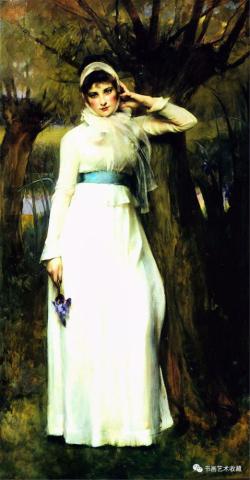


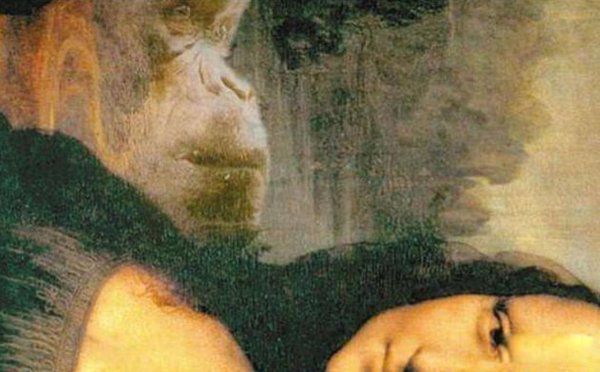

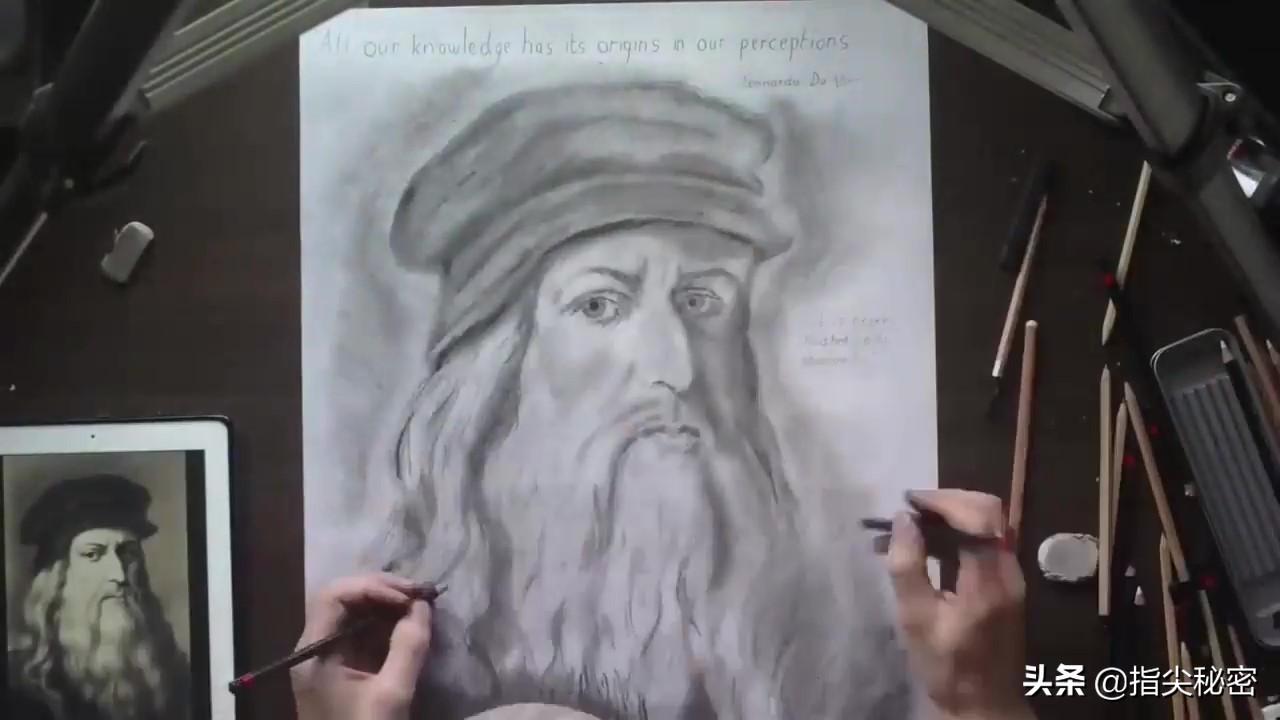
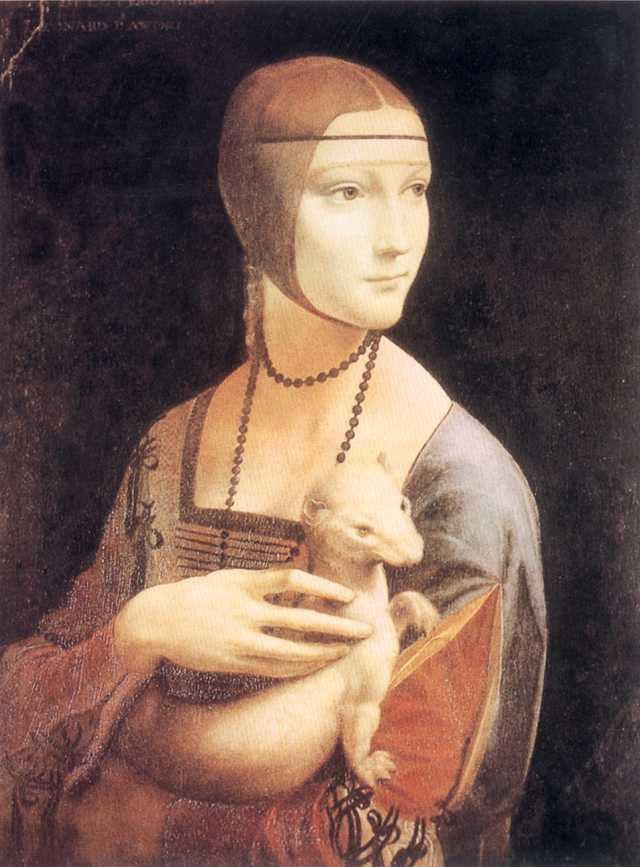
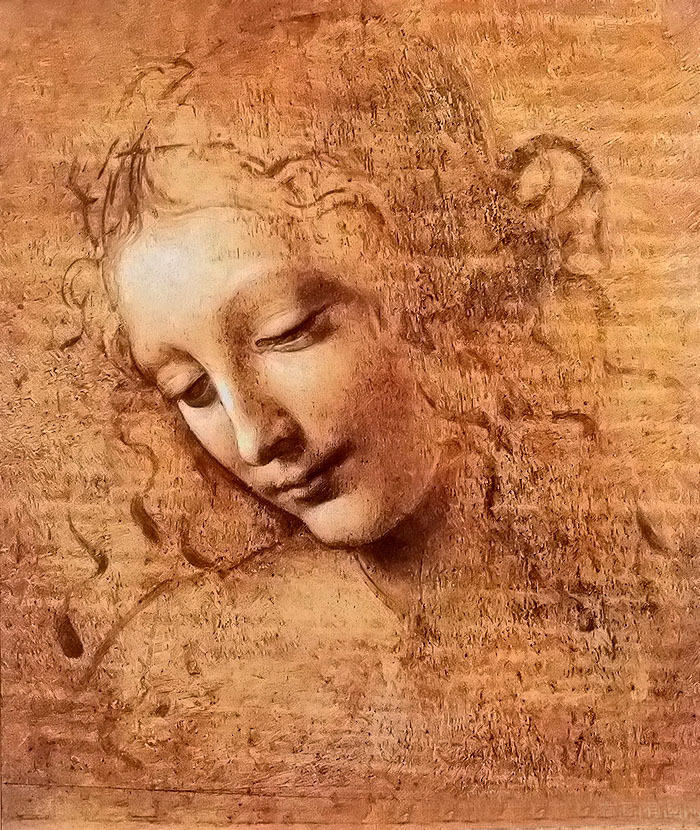
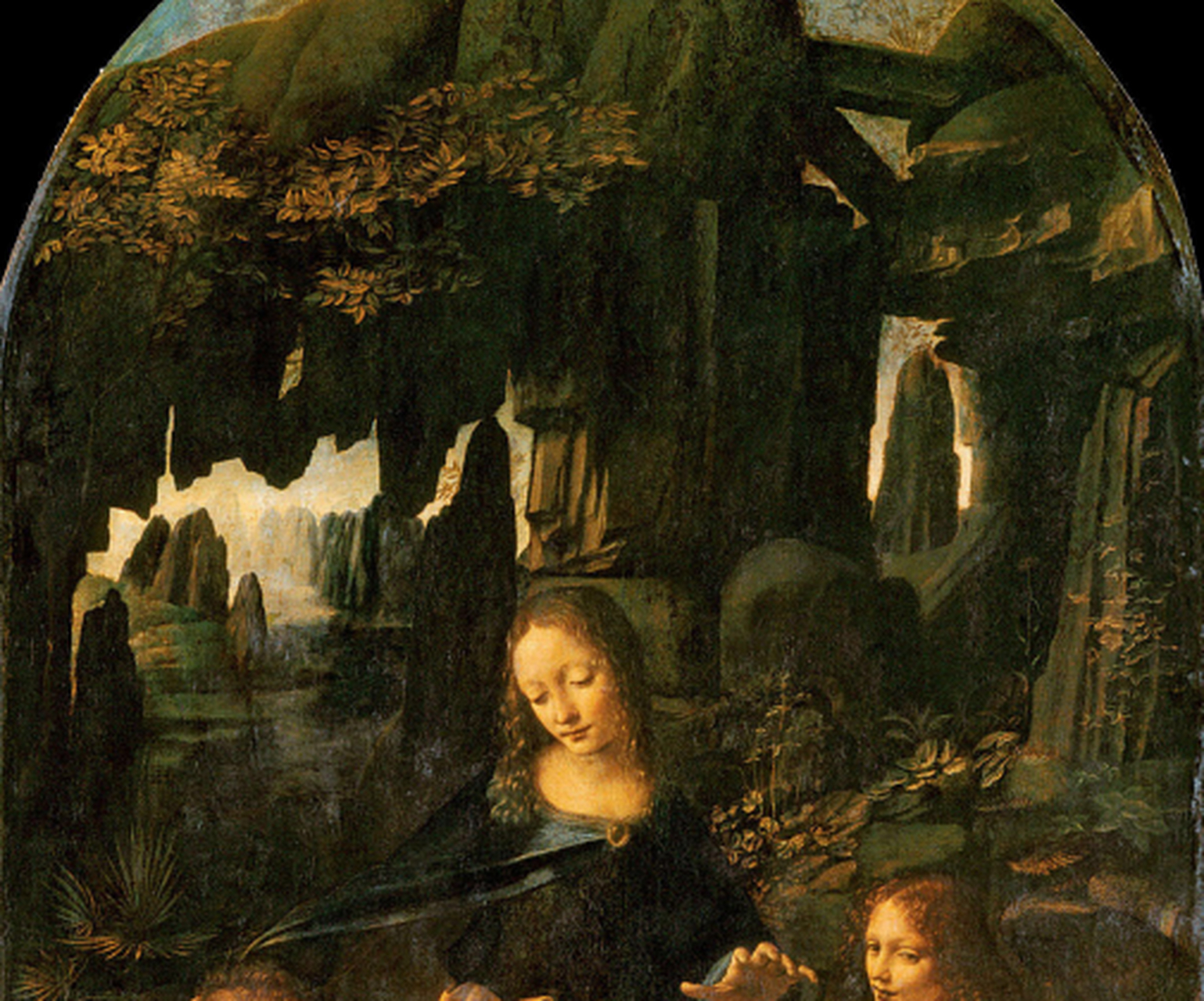

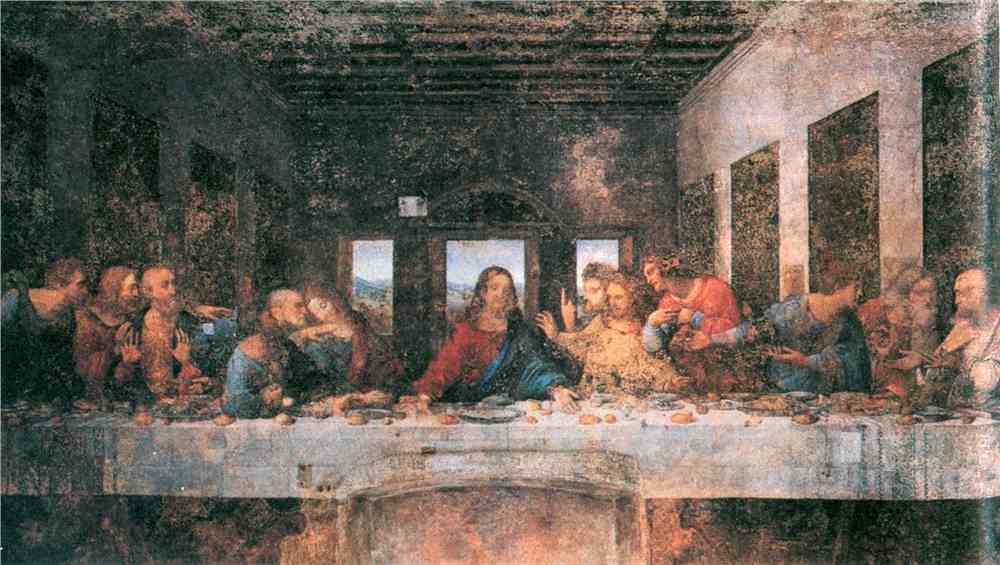
 京公网安备11000000000001号
京公网安备11000000000001号 京ICP备11000001号
京ICP备11000001号
还没有评论,来说两句吧...